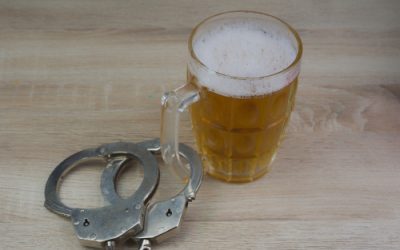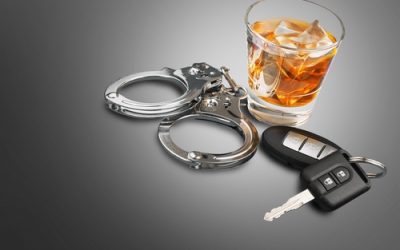Drunk driving is a real problem in the United States. The Centers for Disease Control Fact Sheet on Drunk Drivin says that every 50 minutes, someone in the United States dies as the result of a drunk driver. This may be the drunk driver, another driver, passengers, or even pedestrians. This adds up to 29 deaths a day nationwide at the hands of a drunk driver.
The Centers for Disease Control (CDC), along with the national Highway Transportation Safety Board (NTSB) and other government agencies as well as private organizations such as Mothers Against Drunk Driving are working to reduce and prevent drunk driving. To this end, they have developed a number of proven strategies. Many states have implemented a few of these strategies. The hope is that more states will join in, and each state will add strategies as they are able, to dramatically reduce drunk driving and the tragedies it can cause.
Drunk Driving Law
All 50 states have drunk driving laws which make it illegal to drive with a blood alcohol content (BAC) at or above 0.08%. And Utah recently reduced that level to .04. If you’re under 21, “zero tolerance” laws make it against the law for you to drive with any measurable amount of alcohol in your system. That’s because it’s illegal for you to buy or consume alcohol. Commercial drivers face stricter limits. For them, .04 BAC or higher constitutes drunk driving.
Administrative License Revocation or Suspension Law
These laws are in addition to criminal charges. Administrative license revocation or suspension laws allow police to immediately seize the license of a driver who tests at or above the legal BAC limit or who refuses testing. Each state decides how long a license suspension should last — studies show a minimum of 90 days is effective.
Sobriety Checkpoint
Mothers Against Drunk Driving (MADD) and other groups are pushing for all states to utilize sobriety checkpoints to discourage people from driving drunk, and to get more drunk drivers off the road before they do any harm. Police announce sobriety checkpoints in advance. During checkpoints, law enforcement officers briefly stop vehicles at specific, highly visible locations to see if the driver is impaired. Police may stop vehicles, or every third car, or random vehicles. If they have a reason to suspect a driver is intoxicated, the will administer a breath test.
Ignition Interlock Device
Ignition interlock device (IIDs) installed in vehicles measure for alcohol on the driver’s breath. IIDs keep you from starting the car if you have a BAC above a minimal level, usually 0.02%. All 50 states have ignition interlock law that are part of their DUI/DWI laws. Ignition interlocks are mandated for some people convicted of drunk driving and they’re very effective at preventing repeat offenses while the devices are installed. The CDC and other groups believe that mandating IIDs for all offenders, including first-time offenders, will have the greatest impact on reducing drunk driving.
Multi-Component Intervention
This is a fancy phrase for interventions that combine several programs or policies to prevent drunk driving. The key to these comprehensive efforts is involving coalitions or task forces in design and implementation. Substance abuse treatment or counseling, as well as driver safety courses are frequently combined with other interventions.
Public Awareness Campaign
Public awareness campaigns utilize mass media to spread messages about the physical dangers and legal consequences of drunk driving. TV commercials, billboards, online videos, Twitter campaigns, and more attempt to persuade people not to drink and drive and encourage them to keep other drivers from doing so. Public awareness campaigns are most effective when supporting other drunk driving prevention strategies, such as new laws, or sobriety checkpoints.
Alcohol Screening and Intervention
Alcohol screening and brief interventions take advantage of “teachable moments” to identify people at risk for alcohol problems and get them treatment as needed. Many times, alcohol screening can take place in an emergency room when someone is obviously intoxicated, or screening can take place in a work or school environment. The idea of the on-the-spot screening and intervention is to help change behaviors and reduce drunk driving crashes and injuries.
School-Based Instructional Program
Many states include a drugs and alcohol component in their health classes, as well as their driver’s education classes, if the school provides them. School-based educational persuading teens that it’s dangerous to drive impaired or to ride with a drunk driver. There is not enough research yet to determine the effectiveness of these programs in reducing or preventing drunk driving accidents.
By utilizing these strategies, states can greatly reduce drunk driving fatalities and injuries.
ALCOLOCK — A Pioneer in Ignition Interlock Device
ALCOLOCK provides state certified installation and monitoring of ignition interlock devices. We currently operate in California, Montana, Arizona, New Mexico, Texas, Minnesota, Iowa, Illinois, Florida, Tennessee North Carolina, Virginia, Maryland, Pennsylvania, Ohio, Michigan, New York, Connecticut, and Vermont.


